It’s always accurate that doing good business with coffee is all about the grind.
Even if you choose the best coffee beans, follow the proper temperature, or perfect the extraction time, you can still go wrong if you fail to grind your coffee in the right way – having the wrong size or inconsistent grinds.
We know that making the perfect coffee can be a challenging thought, especially when you are not geeky. So, we will share some tips on grinding your coffee beans the right way to improve your brew.
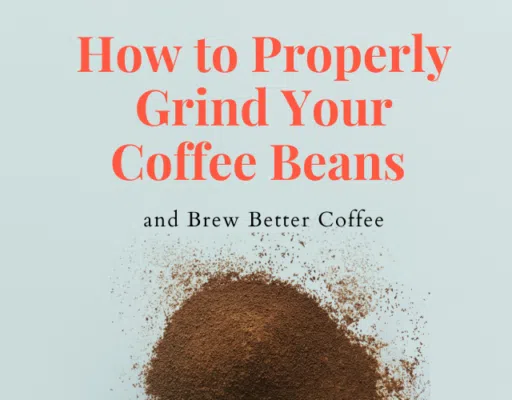
What do you need to have a better grind?
There are three things you need to get started:
- A Reliable and Consistent Burr Grinder
- The Instruction Manual of your Grinder
- Freshly Roasted Coffee Beans
Yes, you read it right. You can start grinding your own beans in less than 30 minutes with these essential things.
What is Grind Consistency?
Besides having the right equipment, you can also fine-tune the process of brewing coffee by controlling the variables that affect it: the temperature of the extraction, extraction time, coffee-to-water ratio, and the grind consistency.
While the secret to great coffee lies in a controlled extraction, these mentioned factors also contribute to the proper extraction and improvement of the coffee flavor.
Amongst these variables, let’s first talk about the grind consistency.
Grind consistency refers to how coarse or fine your ground coffee is. And I think it’s worth considering to get started with it. The way you grind your coffee beans is the backbone of brewing better coffee. Once you’ve settled with it, it’s easy for you to estimate the right temperature of extraction, extraction time, as well as the correct coffee-to-water ratio.
For example, let’s say I’ve chosen a coarse grind size. Next, I will pick a brewing method that requires this kind of grind consistency. In this case, the French press is the closest one. Then everything follows, from water temperature to extraction time, to coffee-to-water ratio.
How Does Grind Affect Coffee Flavor?
Inconsistent grind ultimately leads to imperfect cups of joe from time to time. But most of the time, it is the result of using a low-quality grinder or a poor understanding of the recipe.
An inconsistent grinder can easily cause trouble because it doesn’t produce the correct grind size that matches your brewing method. And anyone who doesn’t understand recipes will find themselves in a difficult position as well.
Once we grind our beans, the surface area increases, which influences their contact with the water. And when the coffee beans are ground, they release oils that alter their flavor and aroma.
Also, the consistency in the coarseness or fineness of coffee affects how quickly you can extract compounds during the brewing time. So, try experimenting with different grind sizes and techniques!
How to Grind Your Coffee Beans Properly?
1. Prepare Your Coffee Beans
Before we proceed, prepare first your coffee beans.
But you might ask, what’s the best coffee? Where is the best place to buy high-quality coffee beans?
There are a lot of good places to buy quality beans. You may go online or find a local roaster nearby. People go through different routines depending on how they like their coffee. Some drink it every day, while others only consume it once a week.
It can be hard to know where to find great quality beans that will make for an enjoyable cup of joe in the morning and after dinner when enjoying dessert. But regardless of your preference, you have to start by researching and buying some good-quality coffee beans from trusted roasters.
You can read this guide on how to choose the right coffee beans that suit your preferences for more details.
2. Use a Consistent and Reliable Grinder
You need to consider achieving a successful grind by having a proper burr grinder that can produce uniform particles. Besides being the most essential and empowering coffee gear, this is also a must-have tool for anyone who loves brewing coffee.
While there are several coffee grinders available, I suggest choosing a quality and reliable burr grinder, which can provide consistent performance and last for many years.
In this guide, we don’t recommend a blade grinder. A blade grinds the beans unevenly, resulting in inconsistent ground particles. And that alone can ruin the taste of your coffee.
So, you may need to research and read reviews to find the right grinder for you. Here’s a list of the best coffee grinders to choose from.
Luckily, you can use any one of these entry-level to high-end units as they provide consistent and accurate results. While each one has its own strength and weakness, we tested and researched these brands, which makes us confident enough to include them on this list.
- The Baratza Encore is one of the best grinders for anyone who cares about brewing better coffee. It allows you to grind your beans easily with its front-mounted pulse button and simple ON/OFF switch while providing an excellent performance.
- The OXO Conical Burr Coffee Grinder is another user-friendly unit to get started with. Although it is a powerful burr grinder that helps maximize your coffee beans’ potential, it still comes with a one-touch start timer that offers an effortless process.
- The BISTRO Burr Coffee Grinder produces a more consistent and uniform grind than a blade and flat burr grinder. This makes it the perfect burr grinder to start with if you want to upgrade from an old ‘spinning blade’ grinder.
3. Grind Your Beans at Home
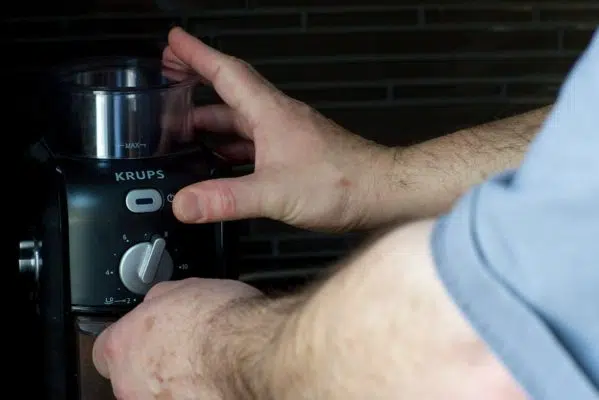
Many coffee lovers just buy ground coffee to brew a cup of joe. But the problem is that sometimes you may not get the taste you want because the grind size doesn’t suit your preferred brewing method.
That’s why one of the necessary actions you need to implement is to buy freshly roasted coffee beans and grind them on your own. We recommend grinding the beans at home using a conical burr grinder to get uniform particles and achieve the best results.
Once you have a coffee grinder at home, this variable gives you the ability to get the grind to any size you want. And if you failed to produce the correct consistency, you still have the chance to make it right, learn from it, and make a better grind next time.
As mentioned, this aspect alone makes the backbone of brewing better coffee.
Of course, grinding and brewing are two important steps. But both procedures have their own benefits, and each has a different purpose that’s worth considering before you brew.
So, assuming you have good beans and reliable equipment, it starts with grinding the beans on your own to achieve the best-tasting coffee.
You may want to check this list of brewing mistakes for more preferences.
Important: Always refer to the manual of your grinder before you start grindings your beans. Please make an effort to read and learn its instruction for you to navigate it easily. And by doing that, you are also contributing to your equipment’s longevity and efficiency.
4. Match the Grind to your Preferred Brewing Method
Grinding your bean to achieve a great tasting coffee doesn’t only rest on investing in the best coffee grinder you can find. You can still brew an average tasting cup if you have a poor understanding of recipes.
In this case, we grind our beans to use in any type of brew. From espresso to pour over to French press and so on. But the tricky part is that you must grind it specific to that particular brewing method.
Let’s start first by identifying the different types of grinds. The grind is the fineness or coarseness to which the coffee is ground. And the ideal grind consistency of your ground coffee depends mainly on the brewing method or type of brewer you will use.
Coarse Grind
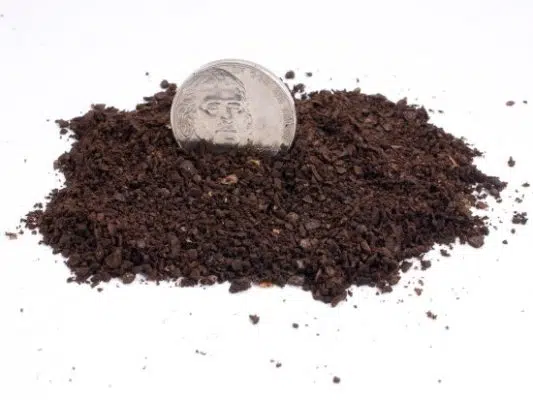
It has a size similar to sea salt. Coarse grinds have the largest particles and lowest surface area compared to fine grounds.
- French Press
- cold brew method
- Vacuum Coffee Maker
- Percolator
Medium Grind
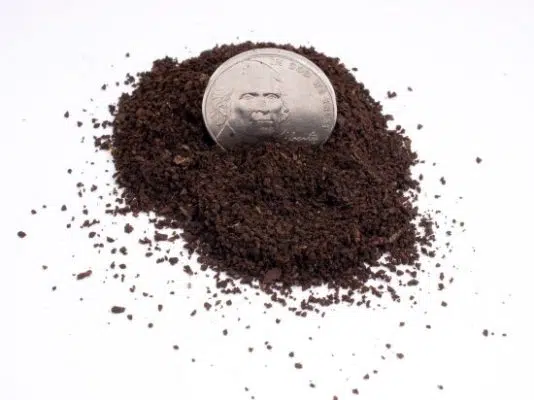
It has a size similar to regular sand or granulated sugar. Medium grinds are sometimes the most common ground among coffee lovers and coffee brewing fanatics.
- Auto Drip Coffee Makers
- Chemex Brewer
- Pour Over Method
Fine Grind
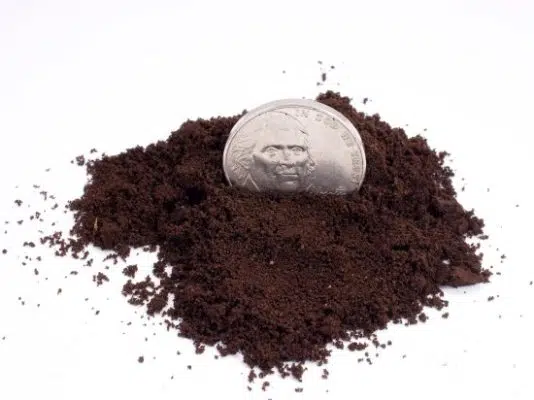
It is often called espresso grind, which makes it the perfect grind for espresso. It’s finer than table salt or granular sugar.
- Espresso Machines
- Stove Top/ Moka Pots
- Some Drip Makers (with cone-shaped filters)
Extra Fine Grind
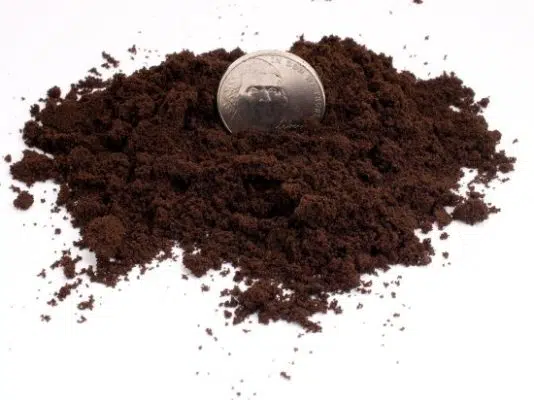
It has a consistency similar to flour.
- Turkish Coffee
5. Understand the Principle of Extraction
A finer grind size has more surface area that influences those grounds coming into contact with water. While a finer ground coffee produces fewer oils, resulting in degradation of flavor over time, this results in faster extractions.
If your grounds are too fine, this can lead to over-extraction. This means you can easily extract too much flavor from your ground coffee, which can sometimes give you a strong or intense coffee taste.
A coarse grind, on the other hand, is generally preferred by coffee enthusiasts. While it produces more oils than a fine one, which prevents the deterioration of flavor over time, this kind of grind consistency takes longer to brew.
If your grounds are too coarse, this can lead to under-extraction, which means you can’t easily extract out the needed flavor from your coffee grounds. This affects how quickly we can make ourselves a cup of coffee.
Check this post about coffee brewing control chart: guide to extraction for more details.
Tip: You should always start with a coarse grind, then move on to medium, and finally fine ground beans. This can help you find the right recipe for your preferred brewing method. And in the end, you can brew coffee that offers better flavor if done right.
6. Grind Your Beans as Close in Time to Brewing
One major consideration is to grind your beans as close in time to brewing or just before you’re ready to brew it. This avoids losing too much flavor and essential oils that contribute most notably to a coffee’s delicious taste. The most important is to ensure you’re getting the best out of your coffee.
Pre-roasted coffee beans stay fresh longer than ground coffee. Ground coffee has only a short amount of time before losing its flavor. Therefore, it’s necessary to grind the beans just before brewing them for maximum flavor and freshness.
Final Words:
There you have it! Many people want to know how to grind their coffee beans, and the process can be a little confusing. It would help if you first understood the principle of extraction and why each brewer or brewing method requires a specific grind size.
Another important factor that you must take into account is the equipment. The grinder should always meet or exceed requirements that constitute uniform consistency in particle sizes.
Consider using a quality and consistent burr coffee grinder to provide you with suitable ground particles every time.
Lastly, you may want to experiment and explore grind sizes to really understand how a particular grind affects your coffee taste.
Like this Article? You Might Want to Read? Why Do We Need To Roast The Coffee Beans? (All You Need To Know)